After the 2012 election, when Americans re-elected Barack Obama, Republican Party leadership rightly did some soul searching.
Republicans were in shock that Americans could re-elect a man they saw as clearly bad for the country, weakening us at home and fueling instability abroad.
Polls showed that Obama's signature law, the Affordable Health Care Act -- Obamacare -- was not popular.
It was clear that economic recovery was moving far too slowly, and that the economy was of top concern to Americans.
And that Obama's claim to understand the mind of Islam and that he would usher in a new era that would calm the forces of terror was false.
Yet, despite it all, Obama was re-elected.
When you lose, you can get mad or you can check yourself and change. Fortunately, Republican Party chairman Reince Priebus understood that the party needed to change. Not change what it stands for, but change its messaging and marketing to reach the growing minority populations that have been lodged in the tent of the Democratic Party.
The fact that it is now possible to be elected president of the United States while receiving the votes of only 39 percent of white Americans, the percentage that Obama received in 2012, served as a wake-up call to Republicans.
The Republican National Committee drew up a game plan for reaching minorities and started implementing these programs over the last few years. How effective they are remains to be seen. But you learn by doing.
What is clear is that Republican outreach to nontraditional Republican voters is vital. Projections are that white voters will constitute 70 percent of the electorate in in 2016, down from 72 percent in 2012 and down from 88 percent in 1980.
Recommended
Meanwhile, the Democratic Party keeps moving further to the left.
The future of a free and prosperous America depends on the success of Republicans to get more blacks, Hispanic-Americans, Asian-Americans, women, the unmarried and our youth to understand that they will be better off with a government that protects their freedom rather than a government that taxes and spends and plunges us into trillions of dollars of debt.
But at this halfway point in the primary season, the forces in the Republican Party that want positive and creative change have been overpowered by the forces that are just angry and fearful.
If the forces of anger and fear prevail, we will pay a dear price.
Donald Trump, the current leader in the Republican field, has succeeded by channeling anger and fear. By being flip and provocative, rather than delivering a thoughtful and comprehensive conservative vision that all Americans can buy into, he has simply ticked off and alienated the very voters essential for a Republican win in the general election.
Recent polling shows Trump's negatives at 70 percent among women, 77 percent among Hispanics and 86 percent among blacks.
You might argue that voters are so repulsed by Hillary Clinton that Trump can still prevail despite these massive negatives. But current polling does not show this. And this is not thoughtful, rational analysis. Cold math and logic point to a wipeout if Trump is the Republican nominee.
Put all this in context that Barack Obama's latest approval rating, 53 percent, is the highest it has been in over three years, and that it is higher than where President Reagan's approval rating, 50 percent, stood at the same point in his presidency. It should be clear that Republicans have challenges ahead.
Abraham Lincoln said, "Whoever molds public sentiment, goes deeper than he who enacts statutes, or pronounces judicial decisions."
Let's recall that Reagan was known as the Great Communicator. He succeeded in winning over nontraditional Republican voters by successfully communicating a conservative vision for America that they could believe and buy into.
This is the kind of leader Republicans need today.


















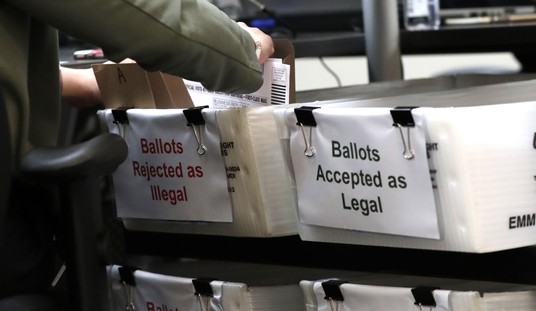
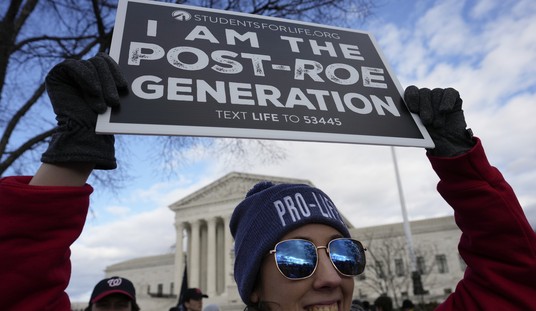
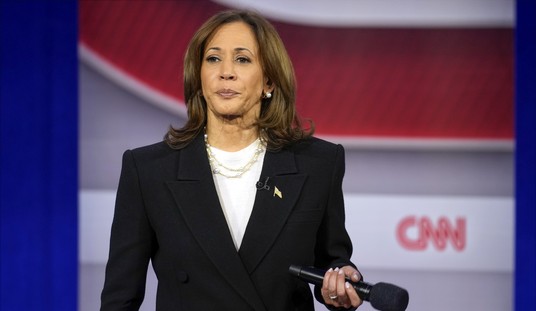
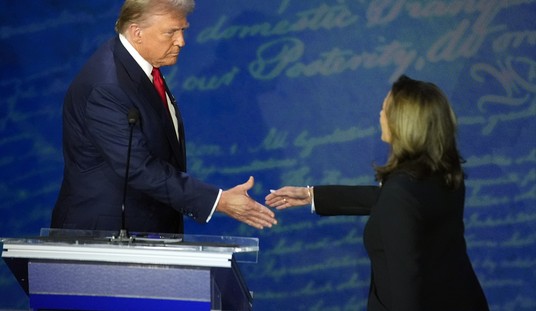

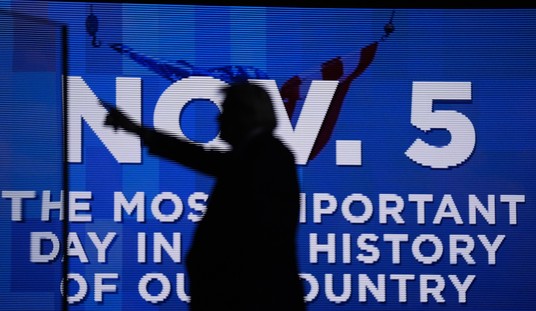
Join the conversation as a VIP Member